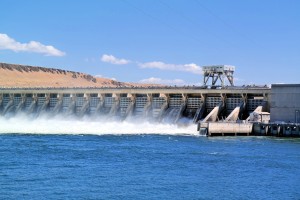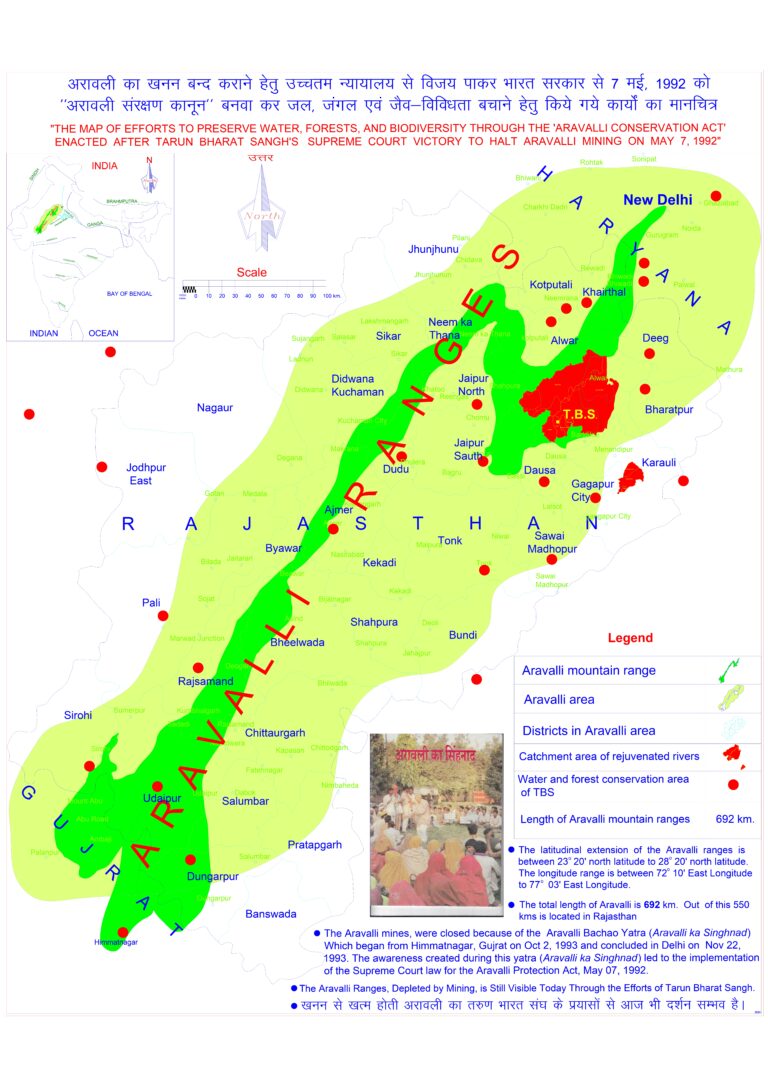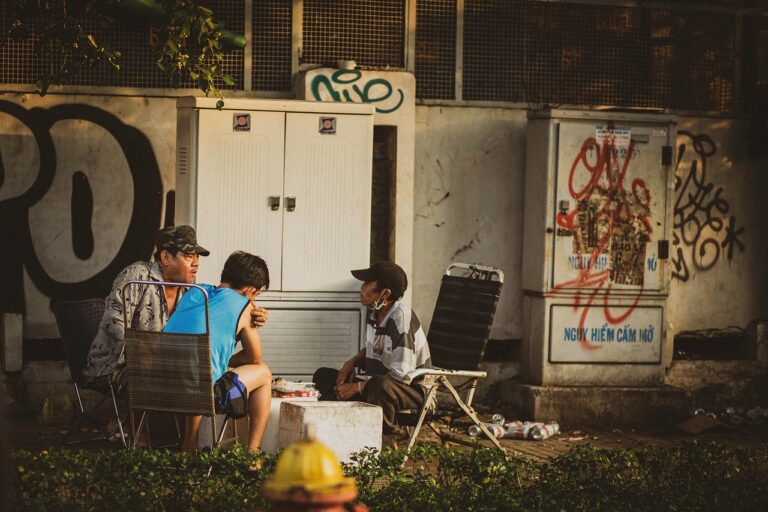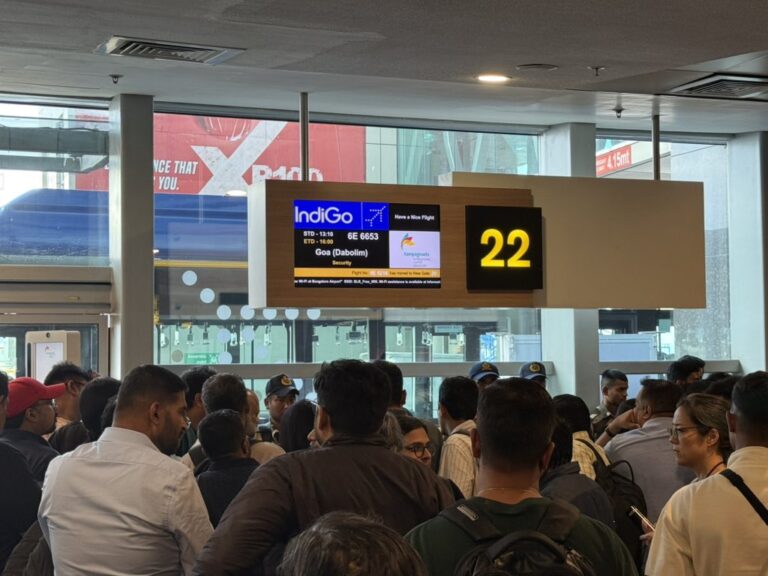
[the_ad_placement id=”adsense-in-feed”]
Ganga Andolan
The Ganga is a litmus test for India
 By Rajendra Singh*
By Rajendra Singh*
[the_ad_placement id=”content-placement-after-3rd-paragraph”]
Our national anthem speaks of our rivers: ‘…Yamuna, Ganga uchhala jaladhi taranga’. Unfortunately, sheer ignorance and thoughtless action is destroying rivers and associated culture, and aiding climate change. Willfully not acknowledging the role of rivers in climate change is why interlinking of rivers is being proposed, without a single thought on linking culture and humanity, or environmental implications.
Rivers are part of our culture and heritage. Recognizing this, we perform aartis of rivers and hold river festivals. Strangely, we choose to ignore the ill-health of the river. Human health is associated with river health but while we search for the best of doctors for our treatment, rarely a thought is spared for taking care of the river’s health.
We fail to understand or choose to ignore the reality that the flow of rivers is as important as blood flow in humans. Ironically river pollution is now accepted to be synonymous with development, and that is why metros such as Mumbai and Delhi are called developed cities.
Also read: Ganga Movement: Ganga is our mother and not our slave
The perception by some spiritual leaders, the government and society are that a free-flowing Ganga is ‘anti-development’ and the same is propagated. There is talk of ‘development’ and of cleaning the Ganga. A clean and pure Ganga will not possible unless she is free flowing. This common sense or science appears to have been forgotten even though the Supreme Court, the National Green Tribunal and the government all agree that the Ganga needs environmental flows for her to be free flowing. And free flow is needed for a clean Ganga.
Lack of environmental flows kill rivers. Unless the Ganga is given the required environmental flow, she will be destroyed. Aviralta or free flow of the Ganga implies that the river be allowed to flow without barriers or obstruction.
The Ganga flow faces barriers because in pursuit of so called ‘development,’ culture and heritage have deliberately been forgotten. This economic, even greedy, model of development is the biggest obstruction in the way of Ganga survival and revival. Society is taken in by the promises made by companies for supplying electricity and food and does not seek alternates for meeting its own requirements. Companies sell dreams of how the Ganga water can be used for agriculture, never promoting the use of recycled water. As a result, the river water is unnecessarily used to cultivate a water-intensive crop like sugarcane. This ‘selling of dreams’ is creating a distance between society and the Ganga.
Power companies are a big enemy of the Ganga and have no qualms from earning from a river called Maa or mother. It is this pursuit of profit that is obstructing her flow. If free flow is to be given and the Ganga is to become aviral, dam construction has to stop and as a result, the flow of money will also stop.
The Ganga is no longer perceived and understood in her totality. The river is associated with culture, spirituality, faith and traditional science and wisdom. This complex and rich treasure and heritage is now reduced to celebrations of the Kumbh, and taking a dip in the Ganga, in the belief that such a dip will wash away sins. This is because in pursuit of economic development as promoted by profit seekers, science and wisdom around the Ganga, its cultural and societal linkages have been forgotten.
The only conclusion that can be drawn is that the pursuit of profit has blinded us, and so giving the Ganga its environmental flow is forgotten. The importance of aviralta is ignored as the river continues to be exploited, extracted, diverted and polluted. The Char Dham project will lead to landslides and silt and stone deposit in the river bed. In earlier projects, prior to beginning road construction work in the Himalayas, arrangements would be made to prevent silt, stone and boulders from entering the river. This is not the case of the Char Dham project.
The Ganga is on deathbed, so are other rivers. To safeguard the present and future health of our people, the Ganga will need to be saved. But for this, society needs to understand the Ganga from the cultural, spiritual, historical and scientific perspective. There is a need to understand all of India’s rivers, big or small, create awareness and undertake satyagraha to save the rivers. The strategy of how the environmental flow of the Ganga can be restored needs to be developed. It is a matter of great relief that the Government has halted the construction of new dams on the Ganga in the interest of aviral flow. The execution of this decision is awaited.
The Ganga is thus a litmus test for India: An indicator and a measure for India’s efforts at sustainable development.
*The writer is an internationally acclaimed water conservationist and is also known as the Waterman of India. The views expressed are personal.
[the_ad_placement id=”sidebar-feed”]






It’s a huge challenge and opportunity ahead which can really become a example to be followed by rest of the world towards SDG,,hope GOI take a holistic rejuvenate approach in near future,,thank you for your valuable inputs